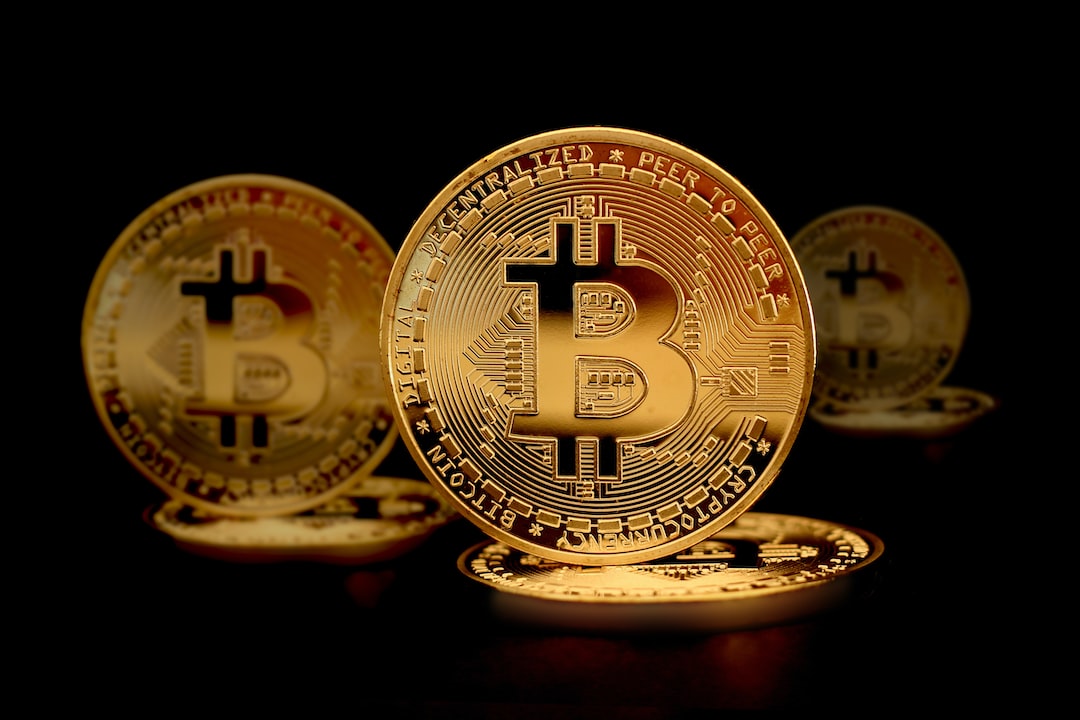A New Report Suggests Bitcoin Ordinals Aren’t Displacing Monetary Transfers
A recent report by on-chain analytics firm Glassnode challenges the belief that Bitcoin (BTC) Ordinals are causing network congestion and displacing high-value transactions. The report explains the role of BTC inscriptions on the network, their impact on transaction competition, and their influence on the mining industry.
Contrary to popular belief, the report finds minimal evidence that Ordinals are displacing high-value transactions. This is because inscriptions take up less space and cost less, and users are willing to wait longer for confirmation. Inscriptions make up about 20% of block fees and fill blocks faster but are periodically displaced by more pressing transfers.
Since February, Ordinals have improved miners’ fees, and there has been a 50% increase in hash rate since their implementation. However, this has driven the hash price to all-time lows, with miners earning just 2.26 BTC (~$60k) per Exahash active on the network.
Bitcoin Ordinals are virtual assets inscribed on satoshis, the lowest denomination of Bitcoin. They have reshaped on-chain transactions and the mempool (temporary storage for unconfirmed BTC transactions).
The report acknowledges that Ordinals and inscriptions have contributed to mempool congestion but argues that the discrepancy in pending transactions between February and May indicates a smaller data footprint.
Hot Take: The Impact of Bitcoin Ordinals on Transactions and Mining
The Glassnode report challenges the notion that Bitcoin Ordinals are causing network congestion or displacing high-value transactions. It suggests that inscriptions actually consume less space, cost less, and users are willing to wait longer for confirmation. While inscriptions contribute to mempool congestion, the report highlights that there is a smaller data footprint for unconfirmed transactions. Additionally, Ordinals have improved miners’ fees and increased the hash rate by 50% since their implementation. However, this has also driven the hash price to all-time lows, impacting miners’ earnings. Overall, the report provides valuable insights into the role of Ordinals in shaping Bitcoin transactions and the mining industry.





 By
By

 By
By
 By
By
 By
By
 By
By